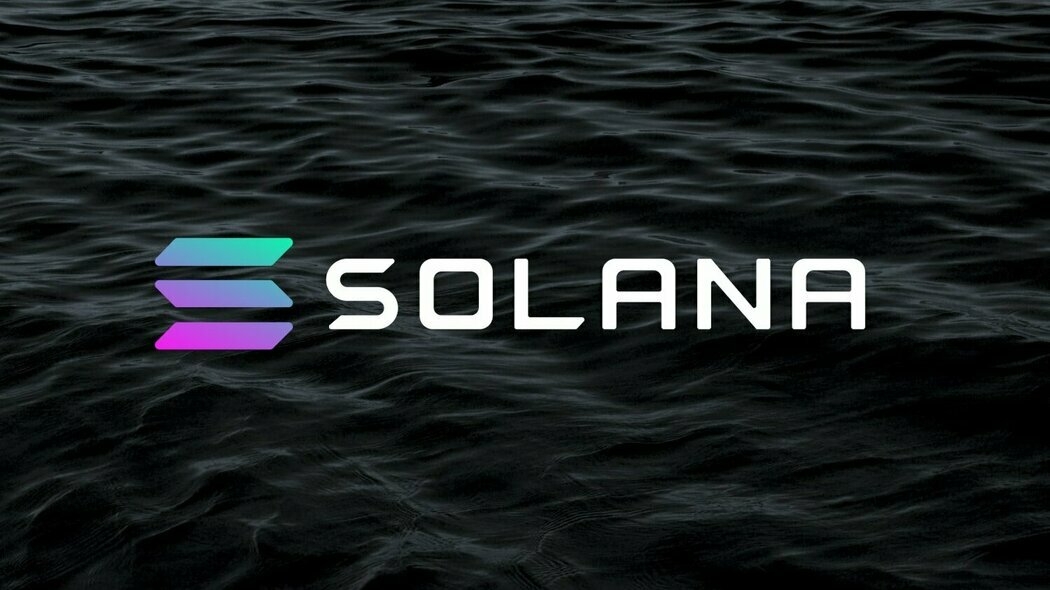
Key takeaways:
- Solana went dark for the third time since April on Wednesday, after a bug caused network nodes to generate different results
- The network suffered a series of partial outages in January, leading to an uptime of only 96.4% during the month
- In response to the latest network problems, the price of SOL took a hit and decreased by roughly 10%
Solana validator operators restarted the Solana Mainnet on Wednesday at 9 PM UTC
The Solana (SOL) blockchain went through another network outage on Wednesday, with block production halting for about 4 and a half hours.
Per a from SolanaStatus, Solana nodes “generated different results for the same block” due to a bug. This halted the process of adding new blocks to the Solana blockchain. User funds on the Solana blockchain were unaffected by the outage.
Solana validator operators restarted the Solana Mainnet at 9 PM UTC. At the time of writing, the Solana blockchain appears to be functioning normally.
Solana is one of the fastest smart contract platforms available today and also offers very low transaction fees to its users (only 0.000005 SOL per transaction). However, Solana has been facing technical difficulties and outages, which has soured some investors and users on the network.
According to the Solana Status website, the network suffered a series of outages in January of 2022, resulting in an uptime of only 96.4% during the month. The network also had outages on April 30 and May 1.
SOL, the native asset of the Solana blockchain, lost roughly 10% on the day of the outage. In comparison, the total cryptocurrency market capitalization was down 4.7%. With a $13.7 billion market capitalization, SOL is currently the 9th largest crypto asset by market cap.
The technical difficulties might be a contributor to the poor performance SOL has displayed in 2022. The price of SOL is down 76.9% since January 1—88 coins in the cryptocurrency top 100 have performed better in the same time period.
To be fair, many native assets of other blockchain platforms have sustained comparable year-to-date losses. For example, AVAX is down 77%, and both MATIC and ALGO are down about 76% since January 1. For context, BTC is down 36.6% and ETH lost 51% of its value in the same time period.



